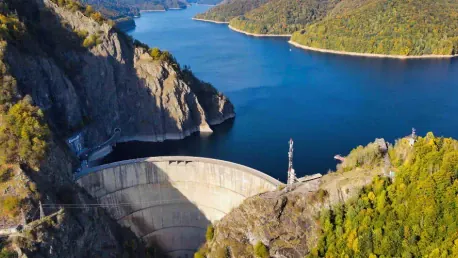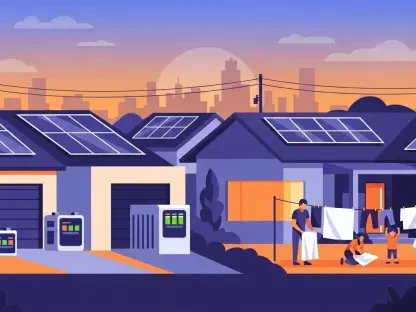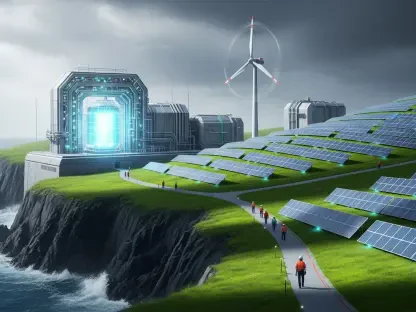The Chenab River, a crucial lifeline for hydroelectric power generation in Jammu and Kashmir, is facing alarmingly low water levels, creating a significant challenge for the region. The situation has been exacerbated by an extended dry spell and insufficient rainfall, creating a ripple effect on the energy supply. Major hydroelectric projects on the Chenab, such as Baglihar, Salal, and Dul-Hasti, are witnessing a marked decline in their production capabilities. Under optimal conditions, these plants can collectively generate up to 16,000 megawatts of power. However, during the harsh winter months, production decreases dramatically, with the Baglihar power project generating only about half of its 900-megawatt capacity.
This decline in power output couldn’t come at a worse time as it coincides with peak electricity demand across North India, particularly in Jammu and Kashmir. This imbalance between supply and demand has led to unscheduled power cuts, causing frequent outages and severe discomfort for the residents. The Power Grid Corporation of India has asserted that alternative energy sources are available to mitigate the shortfall in hydroelectric output. However, the on-ground reality tells a different story, as power shortages persist and residents continue to grapple with intermittent electricity.
A Hopeful Future?
The Chenab River, vital for hydroelectric power in Jammu and Kashmir, is experiencing alarmingly low water levels, posing a significant regional challenge. An extended dry spell and insufficient rainfall have worsened the situation, affecting energy supplies. Major hydroelectric projects on the Chenab, like Baglihar, Salal, and Dul-Hasti, are seeing a notable decline in output. Under optimal conditions, these plants can generate up to 16,000 megawatts of power collectively. However, during the harsh winter months, production drops drastically, with the Baglihar plant producing only about half of its 900-megawatt capacity.
This drop in power production comes at a particularly challenging time, coinciding with peak electricity demand in North India, especially in Jammu and Kashmir. This imbalance between supply and demand has led to unscheduled power cuts, creating frequent outages and significant discomfort for residents. Although the Power Grid Corporation of India claims that alternative energy sources can offset the hydroelectric shortfall, the reality on the ground shows persistent power shortages, leaving residents to deal with intermittent electricity.









